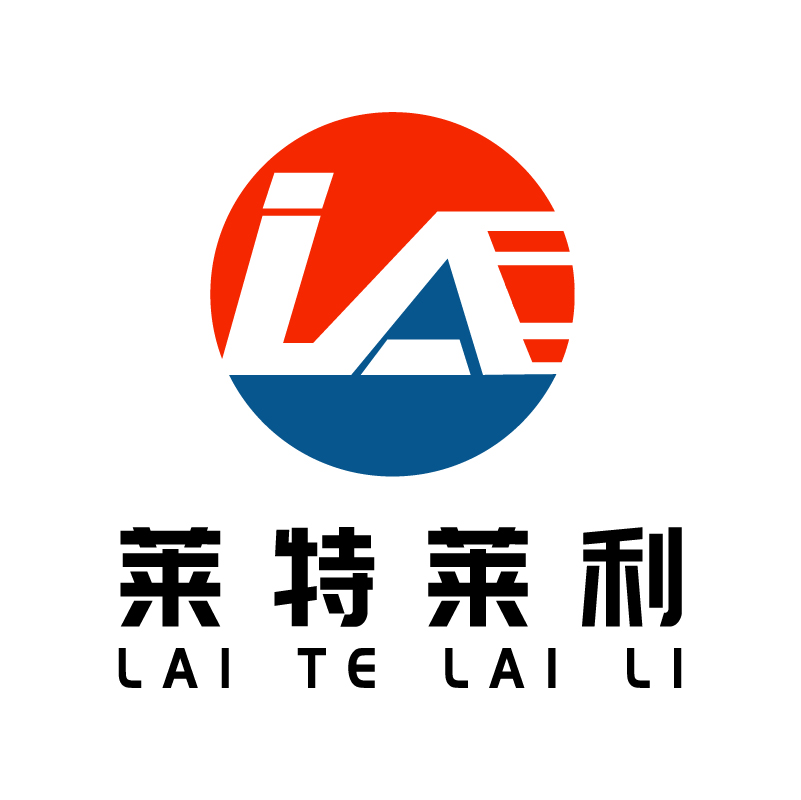Automatic Thermal transfer (TTO) equipment industry, Global trend analysis
Automatic heat transfer (TTO) equipment industry development status analysis:
Automatic heat transfer (TTO) equipment industry development overview:
In recent years, the market size of automatic thermal transfer (TTO) equipment has continued to expand. With the growth of technology and market demand, it is expected to maintain a steady growth trend in the next few years. The global thermal transfer (TTO) system market sales reached 1.1 billion yuan in 2023 and is expected to reach 1.5 billion yuan in 2030, with a compound annual growth rate (CAGR) of 4.3% (2024-2030).
Automatic heat transfer (TTO) equipment industry development main features:
1. Continuous upgrading of technology: using high-precision inkjet printing head to achieve high-speed, high-resolution printing and improve production efficiency; The introduction of advanced intelligent control system, to achieve automation, intelligent production, reduce manual intervention; The use of environmentally friendly ink and materials to meet the requirements of green production.
2. Wide range of applications: widely used in food and beverage industry, pharmaceutical and healthcare industry, construction and chemical industry, electronic products industry, etc. With the increasing demand for personalized customization, its application in packaging, labeling, textiles and other fields continues to expand.
3. Fierce market competition: industry competition is fierce, brand differentiation is obvious. There are differences among major brands in technology, quality, service and other aspects, and consumers have high brand awareness and loyalty.
4. Unbalanced regional development: There are differences in the geographical distribution of the market, and the demand of developed countries and regions is relatively strong, while the market of developing countries and regions needs to be further developed.
Automatic heat transfer (TTO) equipment industry development factors:
1. Downstream industry demand: The development of food and beverage, pharmaceutical, electronics and other industries is driving the demand for automatic heat transfer equipment. For example, consumers' requirements for the personalization and beauty of product packaging have increased, prompting related companies to increase investment in thermal transfer equipment.
2. Technological innovation: The development of new printing technology, intelligent control technology, etc., directly affects the performance and function of equipment, and promotes the upgrading of the industry.
3. Environmental protection policy: The strengthening of environmental protection regulations has prompted enterprises to adopt more environmentally friendly thermal transfer technology and materials, and promote the development of equipment in the direction of green.
4. Cost factors: the technical cost of equipment and the cost of raw materials will affect its market price and popularity. The high cost of the technology may limit the adoption of some smes.
5. Consumer personalized needs: Consumers' love for personalized products makes automatic heat transfer equipment that can meet diversified and customized printing needs more competitive in the market.
The core manufacturers of automatic heat transfer equipment in the world include Danaher, Domino, Markem-Imaje and so on. Asia Pacific is the largest market in the world with a larger market share, followed by Europe and North America. The Chinese market also plays an important role in the global automatic thermal transfer equipment industry, and some domestic enterprises continue to improve technology research and development, product quality and other aspects, and gradually occupy a certain position in the market.
The automatic heat transfer equipment of different enterprises may differ in terms of product types and application fields. For example, some devices are suitable for printing of specific sizes, such as 32mm, 53mm, etc. Some equipment focuses on the application of certain industries, such as the printing production of textile, clothing, shoes and hats, or has excellent performance in food and beverage packaging, pharmaceutical packaging and so on.
The development trend of the industry includes the continuous improvement of the intelligence and automation of equipment to further improve production efficiency and printing quality; Continuous innovation in technology to meet more complex and diverse printing needs; As well as continuous improvement in environmental protection, energy saving and other aspects to meet the requirements of society for sustainable development. At the same time, market competition will also encourage enterprises to continuously optimize product performance, improve service quality, in order to enhance their market competitiveness. Enterprises need to pay close attention to market dynamics and technological development trends, and constantly innovate and improve to adapt to the development and change of the industry.



